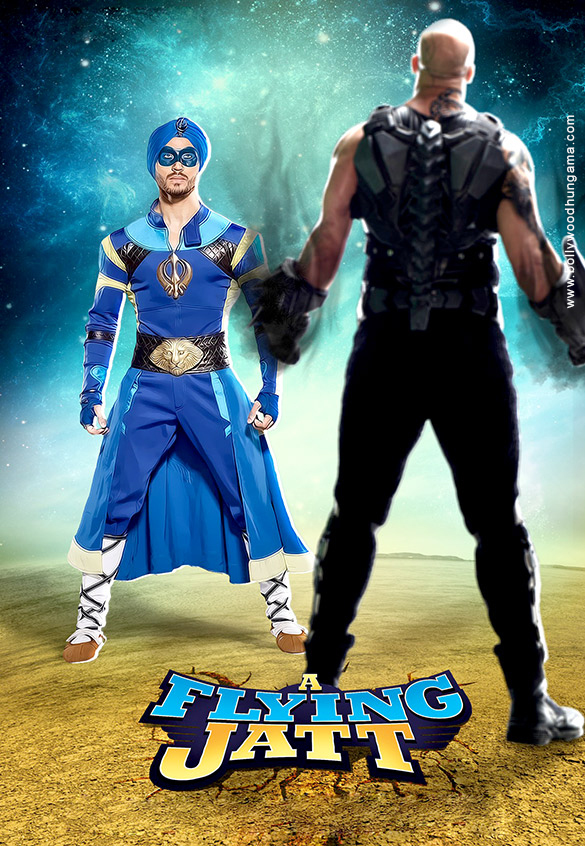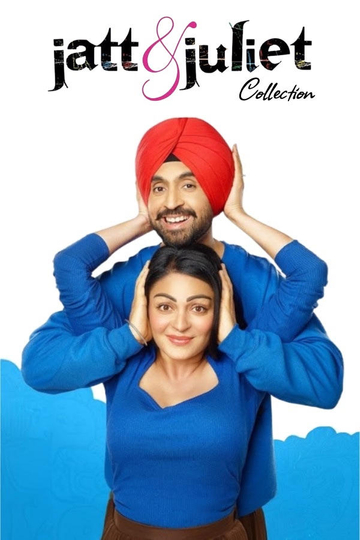Why has the legend of Maula Jatt captured the imagination of so many across South Asia? The answer lies in its unique blend of fantasy, action, and cultural resonance. This cinematic phenomenon is not just a movie; it's a celebration of Punjabi heritage and a testament to the power of storytelling that transcends borders. From its humble beginnings as a folk tale to becoming the highest-grossing Pakistani film worldwide, Maula Jatt stands as an unparalleled achievement in modern cinema.
The journey of Maula Jatt began long before it graced the silver screen. Rooted in Punjabi folklore, this character has been passed down through generations via oral traditions, capturing the essence of heroism, valor, and resilience. In recent years, filmmakers have brought this legendary figure to life with renewed vigor, introducing him to global audiences. Among those tasked with breathing new life into the character was none other than Ali Azmat, the iconic frontman of Pakistani rock band Junoon. Known for his powerful voice and commanding stage presence, Azmat lent his distinctive touch to the reboot, marking his return to acting after years away from the limelight. His involvement sparked widespread interest, drawing attention not only to the film but also reigniting discussions around the enduring appeal of Maula Jatt.
| Name | Ali Azmat |
|---|---|
| Born | November 27, 1968 (Age 54) |
| Place of Birth | Lahore, Pakistan |
| Occupation | Singer, Songwriter, Actor |
| Years Active | 1989–present |
| Known For | Lead vocalist of Junoon, contributions to Pakistani music and cinema |
| Awards | National Awards, Lux Style Awards, several music accolades |
| Official Website | Junoon Official Website |
Apart from Ali Azmat's contribution, another pivotal moment in the evolution of Maula Jatt came when renowned actors Fawad Khan and Mahira Khan joined forces for the project. Their combined star power added significant weight to the production, ensuring it would reach a broad audience. Both stars shared their excitement about participating in such a monumental venture, with Mahira Khan taking to social media platforms like Instagram to announce the film’s poster release. Her enthusiasm was palpable, reflecting the anticipation surrounding this cinematic masterpiece.
Meanwhile, in India, a different take on the Jatt persona emerged with films like A Flying Jatt, starring Tiger Shroff and Jacqueline Fernandez. Directed by Rakesh Sharma, this superhero flick presented a fresh interpretation of the classic theme while staying true to its roots. Despite some mixed reviews regarding its screenplay, which involved multiple writers including Tushar Hiranandani, the film managed to captivate viewers with its high-octane action sequences and vibrant visual effects. It served as yet another example of how versatile and adaptable the concept of 'Jatt' can be within popular culture.
Music plays an integral role in enhancing the emotional depth of these narratives, as evidenced by tracks featured in various iterations of the story. One notable example includes Jis Tan Nu Lagdi performed by Mukhtar Sahota and Arif Lohar for the soundtrack of the film Jatt James Bond. Produced under the guidance of Ali Hussnain Sheikh, this track exemplifies the fusion of traditional Punjabi sounds with contemporary beats, appealing to diverse listener demographics. Such collaborations underscore the universal language of music, bridging gaps between different cultures and communities.
On the business side, theaters like Regal Movies On TV contributed significantly to promoting these releases by offering convenient booking options and showcasing trailers ahead of premieres. Located strategically across cities such as Hillsboro, OR, they provided essential support systems for distributors looking to maximize reach and impact. As part of larger chains operating nationwide, venues like Regal ensured consistent standards of presentation, thereby elevating overall viewer experiences.
Ultimately, whether through big-budget productions or grassroots initiatives, the legacy of Maula Jatt continues to inspire creators and audiences alike. Each iteration brings something new to the table while honoring the original spirit of the tale. What started as a simple folkloric figure has evolved into a multifaceted icon representing strength, courage, and identity. And as more adaptations emerge, we can expect even greater heights to be achieved in celebrating this cherished symbol of Punjabi pride.
In conclusion, the success of projects centered around characters like Maula Jatt underscores the importance of preserving cultural heritage while embracing innovation. By combining timeless themes with cutting-edge technology, filmmakers create works that resonate deeply with contemporary society. As evidenced by box office records shattered and fanbases expanded globally, there remains immense potential for further exploration within this genre. With each passing year, the world becomes increasingly interconnected, making stories rooted in specific traditions all the more valuable in fostering mutual understanding and appreciation among people everywhere.




